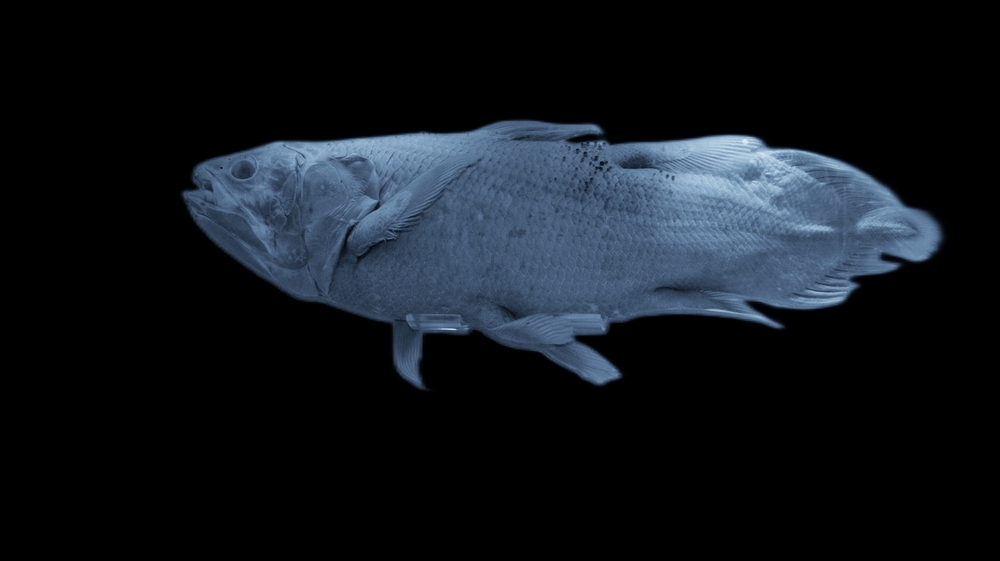Understanding the Concept of Living Fossils
The term “living fossil” is often used to describe organisms that have remained largely unchanged over millions of years. One of the most well-known examples is the coelacanth, a fish that was once believed to be extinct but was rediscovered in the 20th century. This species has existed for over 400 million years without significant changes, making it a prime example of what scientists refer to as a living fossil.
Charles Darwin first introduced the concept of living fossils in his groundbreaking book On the Origin of Species. He used the term to describe organisms that appeared to have remained stable in their physical form despite the passage of time. However, the idea of what constitutes a living fossil has evolved significantly since then, and it continues to be a topic of debate among scientists.
The Debate Around Living Fossils
While some researchers argue that the label “living fossil” should be discarded altogether, others believe it remains a valuable tool for studying evolutionary patterns. The term is not meant to imply that these organisms are outdated or resistant to change. Instead, it refers to species that show little morphological change when compared to their ancient relatives.
This definition, however, becomes complicated when considering modern scientific advancements. As technology improves, scientists can now examine organisms at the molecular level, revealing genetic changes that may not be visible through traditional methods. This has led to confusion about which species truly qualify as living fossils, as some organisms previously considered stable may show more variation than previously thought.
Famous Examples of Living Fossils
In addition to the coelacanth, several other species are commonly cited as living fossils. These include:
- Ginkgo trees: Known for their unique fan-shaped leaves, ginkgo trees have remained virtually unchanged for over 270 million years.
- Horseshoe crabs: These marine animals have existed for more than 450 million years and have retained their basic body structure.
- Komodo dragons: The largest lizards on Earth, komodo dragons have been around for millions of years with minimal changes.
- Cockroaches: These resilient insects have survived for over 300 million years and are known for their adaptability.
Each of these species provides valuable insights into the mechanisms of evolution and adaptation. They also highlight the complexity of defining what it means to be a living fossil.
The Role of Scientific Terminology
Ambiguous terminology is common in biology, and the concept of living fossils is no exception. Scientists often use different definitions depending on the context of their research. For instance, while some may focus on morphological stability, others might consider genetic or ecological factors.
Alan Love, a philosopher of science at the University of Minnesota, explains that the term is not meant to categorize organisms into a specific box. Instead, it serves as a conceptual tool for investigating patterns of stability and change over time. This flexibility allows scientists to explore various aspects of evolution and development.
The Need for a Conceptual Framework
Despite the ongoing debate, many scientists agree that the concept of living fossils remains useful. To help organize the discussion, researchers like Love and Scott Lidgard have proposed a framework for understanding the term. Their approach emphasizes the importance of using the concept as an agenda for research rather than a strict classification.
By focusing on how the concept can be applied to answer specific questions, scientists from different disciplines can collaborate more effectively. This approach encourages a broader perspective on evolution and helps maintain communication across fields.
Conclusion
Living fossils offer a fascinating glimpse into the history of life on Earth. While the term itself may be subject to interpretation, its value lies in its ability to guide scientific inquiry. Whether it’s a coelacanth, a ginkgo tree, or a cockroach, each organism contributes to our understanding of how life has changed—and remained the same—over millions of years. Through continued research and collaboration, scientists can refine their understanding of this intriguing concept.







